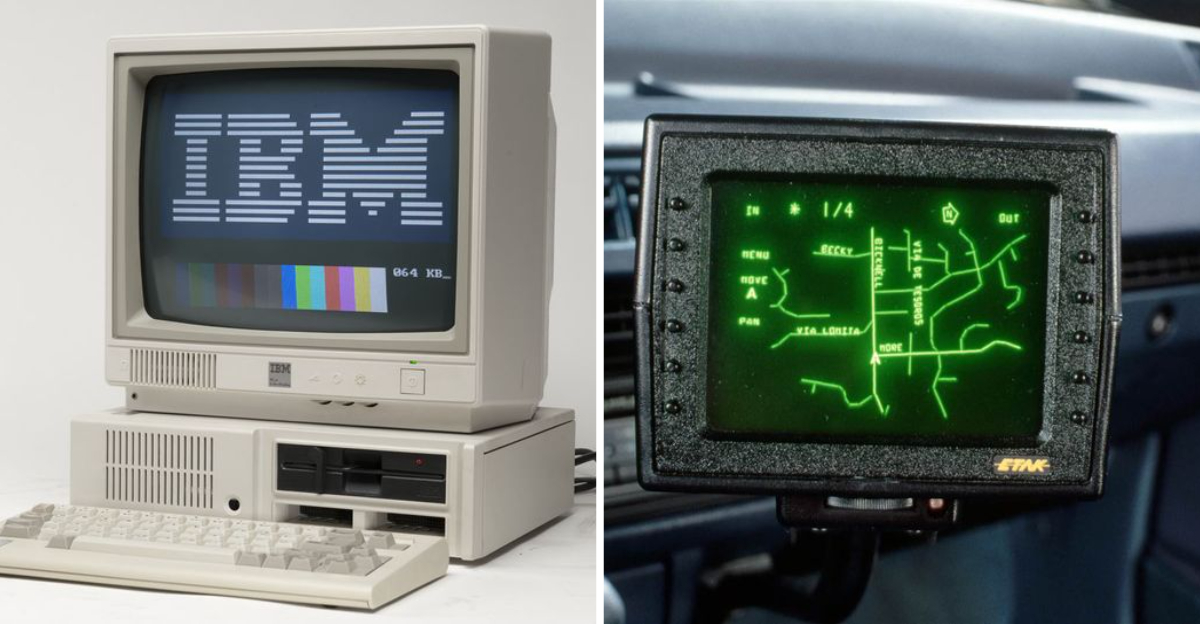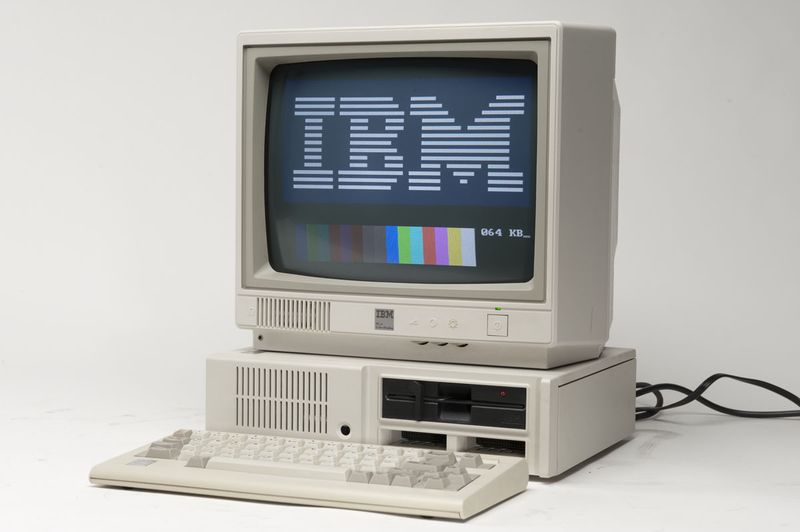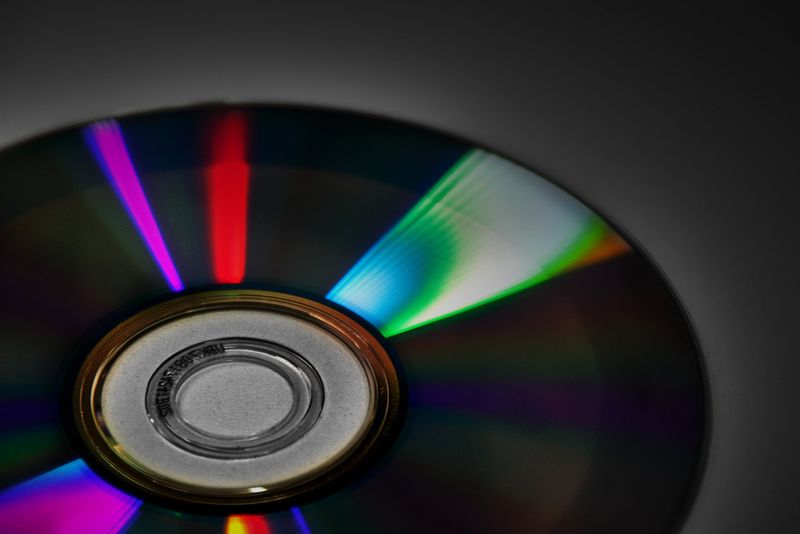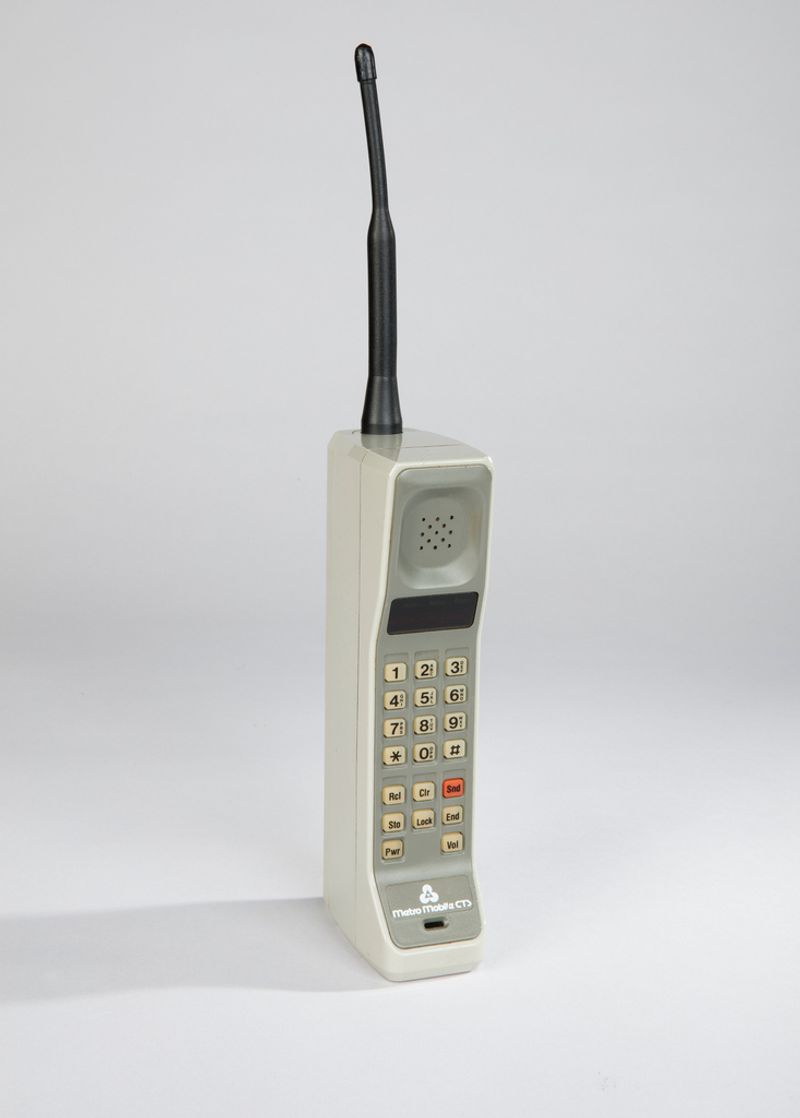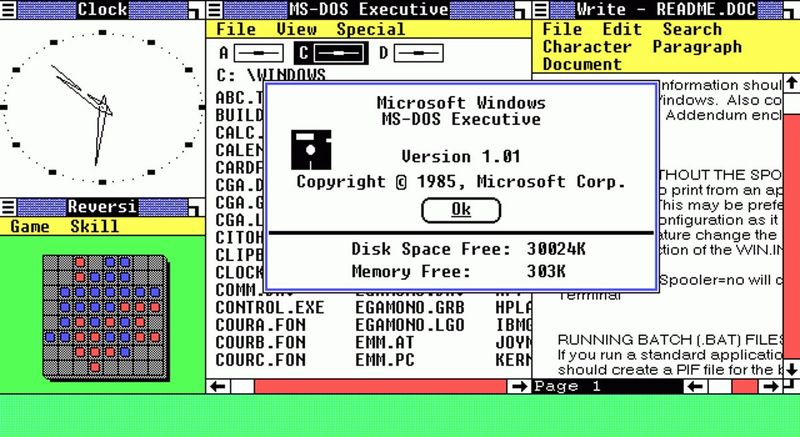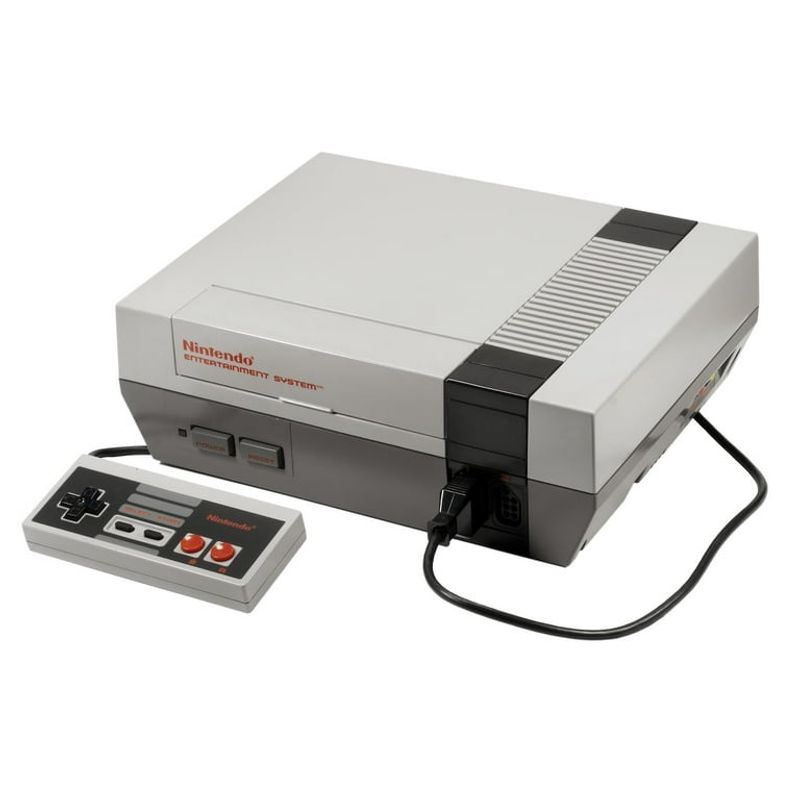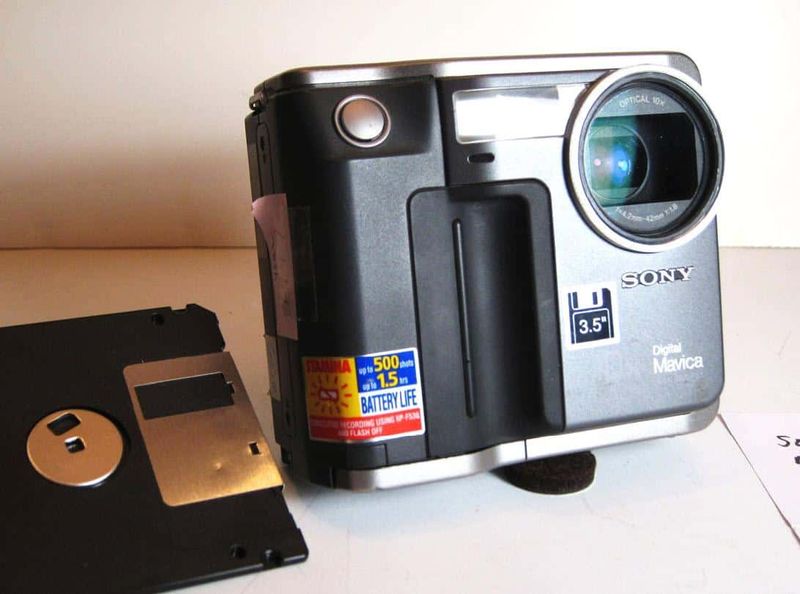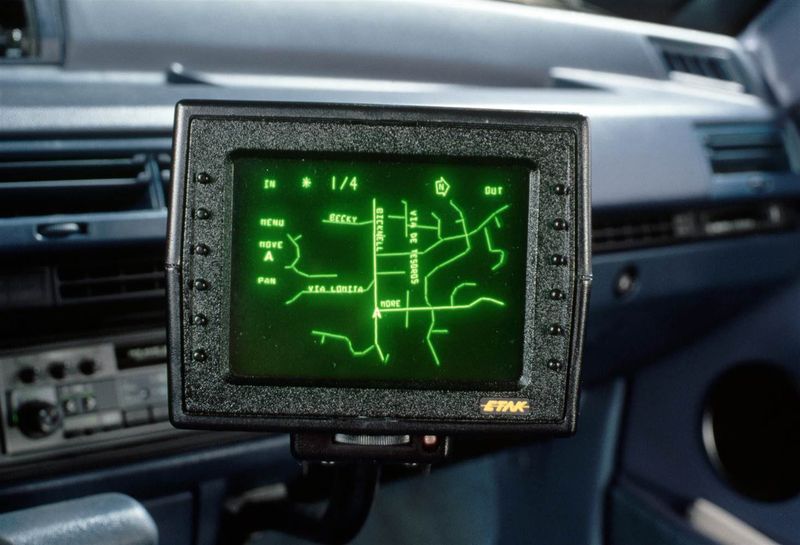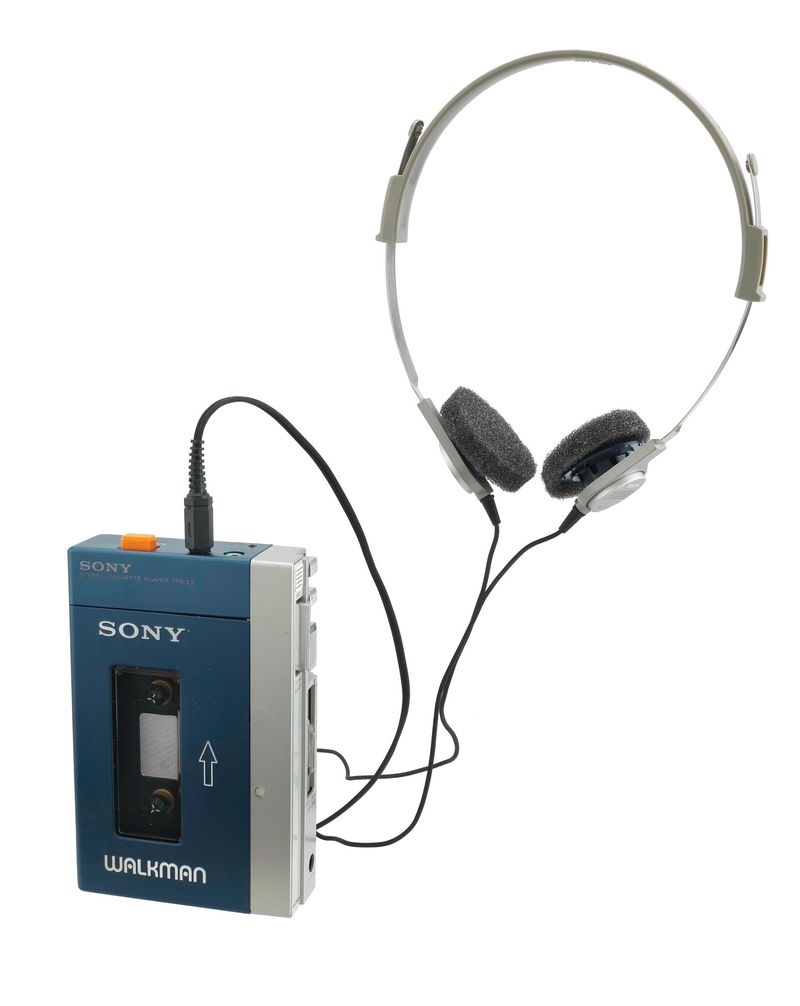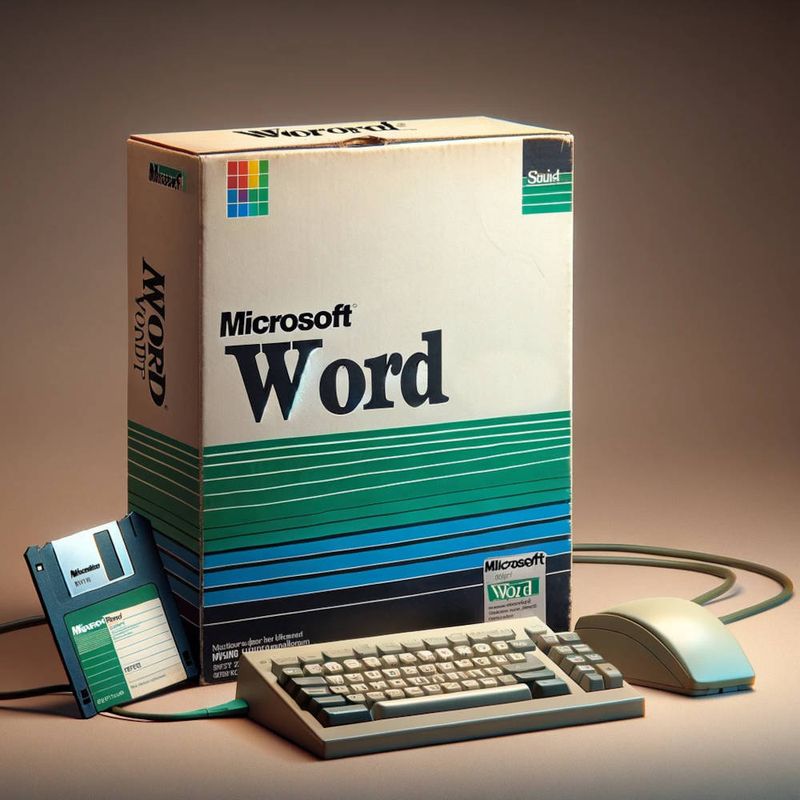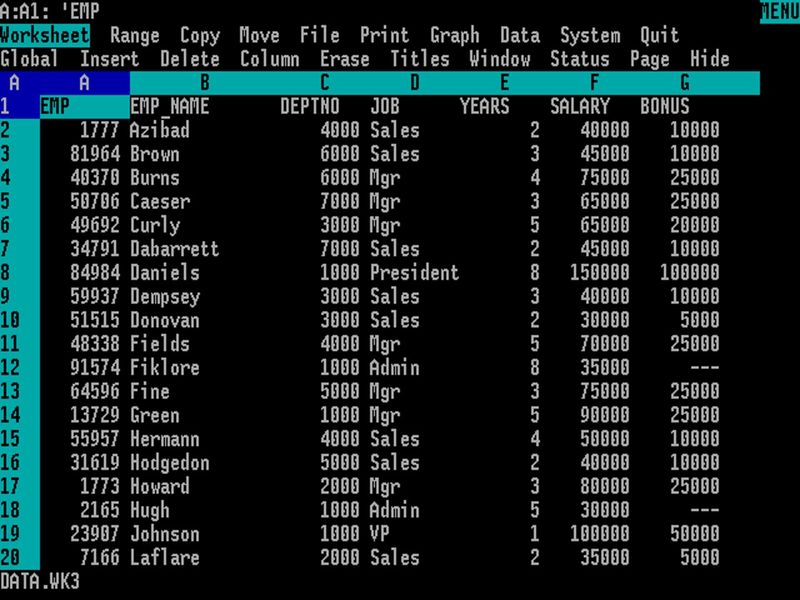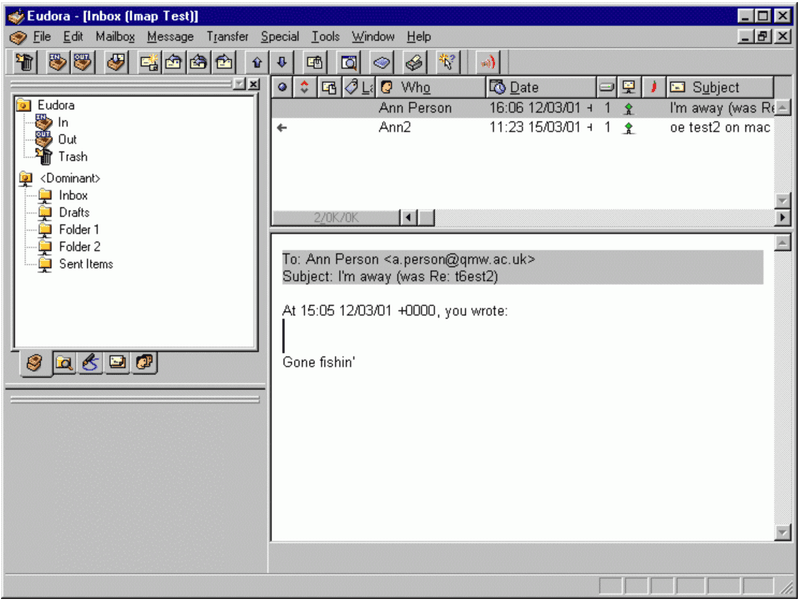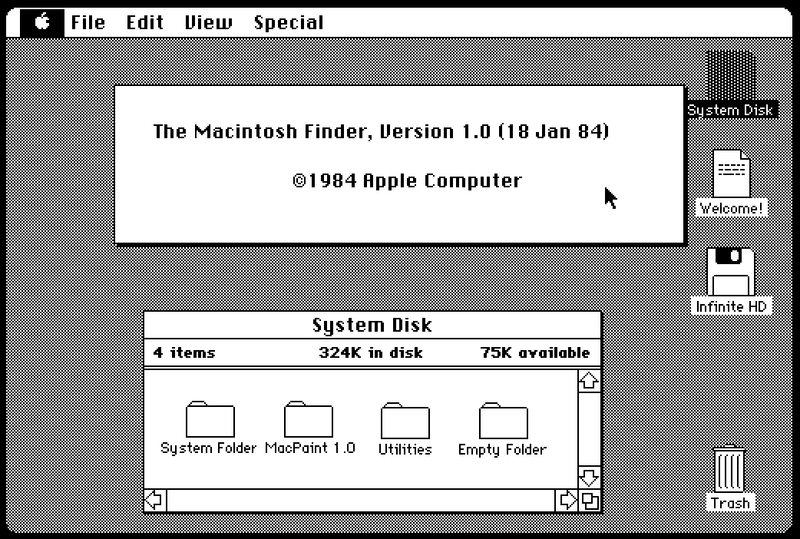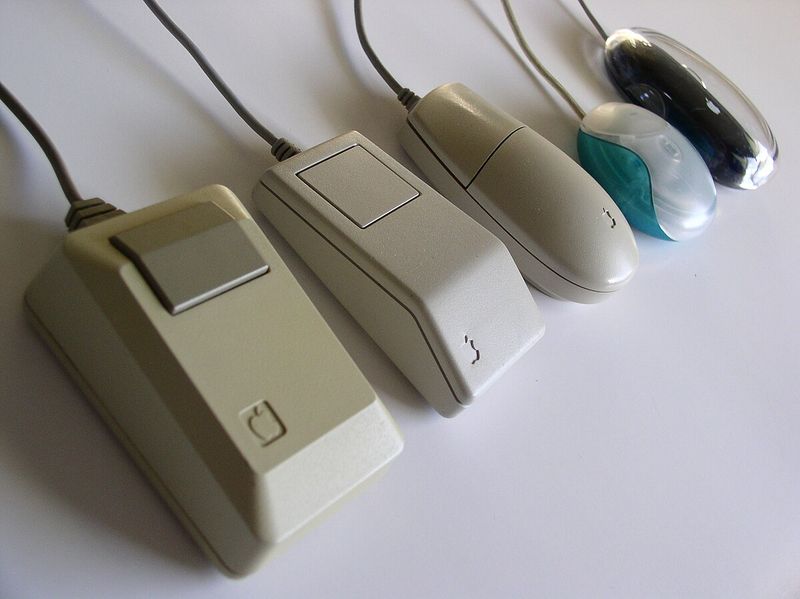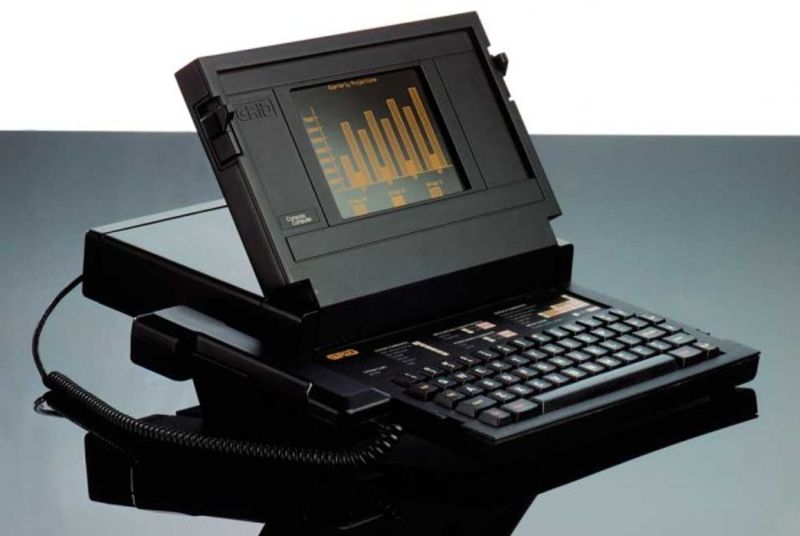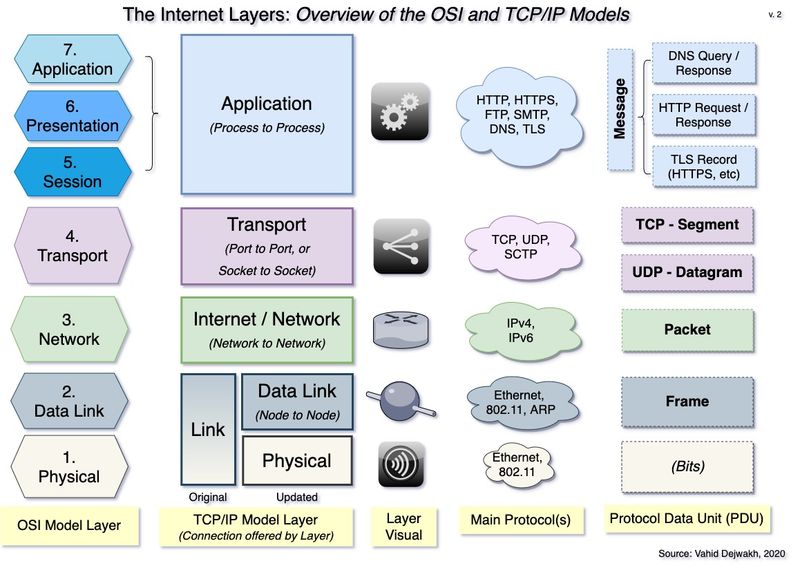The 1980s sparked a technological revolution that forever changed our world. From clunky computers to portable music players, these innovations laid the groundwork for many devices we can’t imagine living without now. While big hair and neon fashion faded away, these 15 technological marvels survived the test of time, evolving but never disappearing from our daily lives.
Personal Computers
Remember when computers took up entire rooms? The IBM PC (1981) and Apple Macintosh (1984) changed everything by bringing computing power to homes and offices everywhere.
These revolutionary machines established standards we still use – keyboards, mice, and user-friendly interfaces that made technology accessible to everyone, not just scientists. Today’s sleek laptops and powerful desktops evolved directly from these pioneering devices.
Compact Discs
Shiny, rainbow-reflecting discs revolutionized how we experienced music in 1982. Sony and Philips introduced CDs as the first mainstream digital audio format, promising “perfect sound forever” compared to scratchy vinyl records.
Though streaming services dominate today, CDs remain relevant for audiophiles, collectors, and in vehicles. The technology also evolved into DVDs and Blu-rays, continuing the legacy of optical disc storage in our digital world.
Mobile Phones
“The brick” changed communication forever. Motorola’s DynaTAC 8000X (1983) weighed nearly two pounds and cost $3,995, but represented the first truly portable telephone.
Despite its primitive technology and 30-minute battery life, this groundbreaking device sparked the mobile revolution. Our modern smartphones—combining cameras, computers, and entertainment systems—descended directly from this chunky ancestor that did one simple thing: let you make calls without wires.
Microsoft Windows
The colorful boxes changed computing forever. Windows 1.0 (1985) brought graphical interfaces to IBM-compatible PCs, letting users point and click instead of typing cryptic commands.
While primitive by today’s standards, this revolutionary software established Microsoft’s dominance. Thirty-plus years later, Windows powers roughly 75% of desktop computers worldwide, evolving through numerous versions while maintaining its fundamental mission: making computers accessible to everyone.
Video Game Consoles
The Nintendo Entertainment System rescued the crashed video game industry in 1985, introducing Mario and revolutionizing home entertainment. Its simple design—rectangular controller with directional pad and buttons—established standards still used today.
Gaming evolved dramatically since then, but modern PlayStation, Xbox and Switch consoles follow the same basic blueprint: dedicated gaming hardware connecting to TVs with specialized controllers. The $8 billion gaming industry we know today was born from this unassuming gray box.
Digital Cameras
Sony’s Mavica (1981) stored images on floppy disks, pioneering a technology that would eventually replace film. Though primitive by today’s standards—with resolution comparable to early webcams—it demonstrated the future possibility of instant photography without chemical development.
While standalone digital cameras face competition from smartphones, their technology lives on in every device with a camera. Professional photographers still rely on dedicated digital cameras, direct descendants of these 1980s experiments.
GPS Navigation
The U.S. military fully deployed the Global Positioning System in 1989, though civilian access remained limited. This network of satellites revolutionized navigation, eventually replacing paper maps and asking strangers for directions.
Today, GPS technology guides our daily journeys through smartphone apps and vehicle navigation systems. The core technology remains fundamentally unchanged—satellites broadcasting precise time signals that receivers use to calculate position—just more accessible and accurate than its 1980s origins.
Portable Music Players
Sony’s Walkman transformed music listening in the early 1980s, freeing people to enjoy personal soundtracks anywhere. These portable cassette players with headphones created the first truly mobile music experience.
While cassettes disappeared, the concept thrived. Today’s streaming services and smartphones follow the same principle—personal, portable music—established by these revolutionary devices. Even modern headphones trace their lineage to the lightweight models that came with original Walkmans.
Word Processing Software
WordPerfect (1980) and Microsoft Word (1983) freed office workers from typewriters and correction fluid. These revolutionary programs allowed editing text before printing—a concept we take for granted today.
Early word processors introduced features we still use: spell checking, formatting tools, and save functions. Modern document creation software maintains these core capabilities while adding collaboration features, cloud storage, and advanced layout tools. The paperless office began with these 1980s innovations.
Spreadsheet Programs
VisiCalc (1979) and Lotus 1-2-3 (1983) transformed financial planning, replacing paper ledgers with powerful calculation tools. Businesses adopted these programs enthusiastically, automating previously tedious manual calculations.
The rows-and-columns interface established by these pioneers remains virtually unchanged in modern spreadsheet programs. Excel and Google Sheets maintain the same fundamental approach—cells containing values or formulas—while adding sophisticated features. These 1980s innovations revolutionized business planning forever.
Email Systems
Electronic mail existed in primitive form before the 1980s, but this decade saw its standardization and widespread adoption in business settings. Programs like IBM’s PROFS and early Internet mail protocols established conventions we still use.
The basic concept remains unchanged: digital messages sent instantly between users with addresses. Modern email adds attachments, formatting, and spam filters, but follows the same principles established four decades ago. Even the @ symbol in addresses dates back to these early systems.
Graphical User Interfaces
Xerox PARC pioneered them, but Apple’s 1984 Macintosh popularized the windows-icons-menus-pointer interface that dominates computing today. This revolutionary approach replaced cryptic command lines with visual elements users could intuitively understand.
The desktop metaphor—with files, folders, and a trash can—remains remarkably unchanged after decades of computing evolution. Every smartphone and computer today uses principles established by these 1980s innovations, proving the enduring power of well-designed interfaces.
Computer Mice
Though invented earlier, mice became mainstream computing tools in the 1980s thanks to Apple’s Lisa and Macintosh computers. These hand-controlled pointing devices revolutionized how humans interacted with machines.
While trackpads and touchscreens offer alternatives, the basic mouse concept remains unchanged: moving a physical object to control an on-screen pointer. Modern mice added scroll wheels and extra buttons, but the fundamental design—a palm-sized device that translates physical movement to cursor control—persists.
Laptop Computers
The Grid Compass 1101 (1982) pioneered the clamshell design that defines laptops today. Weighing 10 pounds with a tiny screen, it nonetheless established the portable computing category.
Toshiba and IBM followed with more accessible models, creating the business tool that would eventually replace desktop computers for many users. Modern ultrabooks and tablets maintain the same fundamental approach—portable computing power with built-in screens and keyboards—while dramatically improving size, weight, and capabilities.
Internet Foundation
The 1980s saw crucial developments in networking technology that formed the backbone of today’s internet. TCP/IP protocols became standardized in 1983, creating a common language for networks to communicate.
DNS (Domain Name System) followed in 1984, establishing the naming system we still use for websites. While most users wouldn’t experience the World Wide Web until the 1990s, these foundational technologies from the 1980s remain largely unchanged, silently powering our connected digital world.
